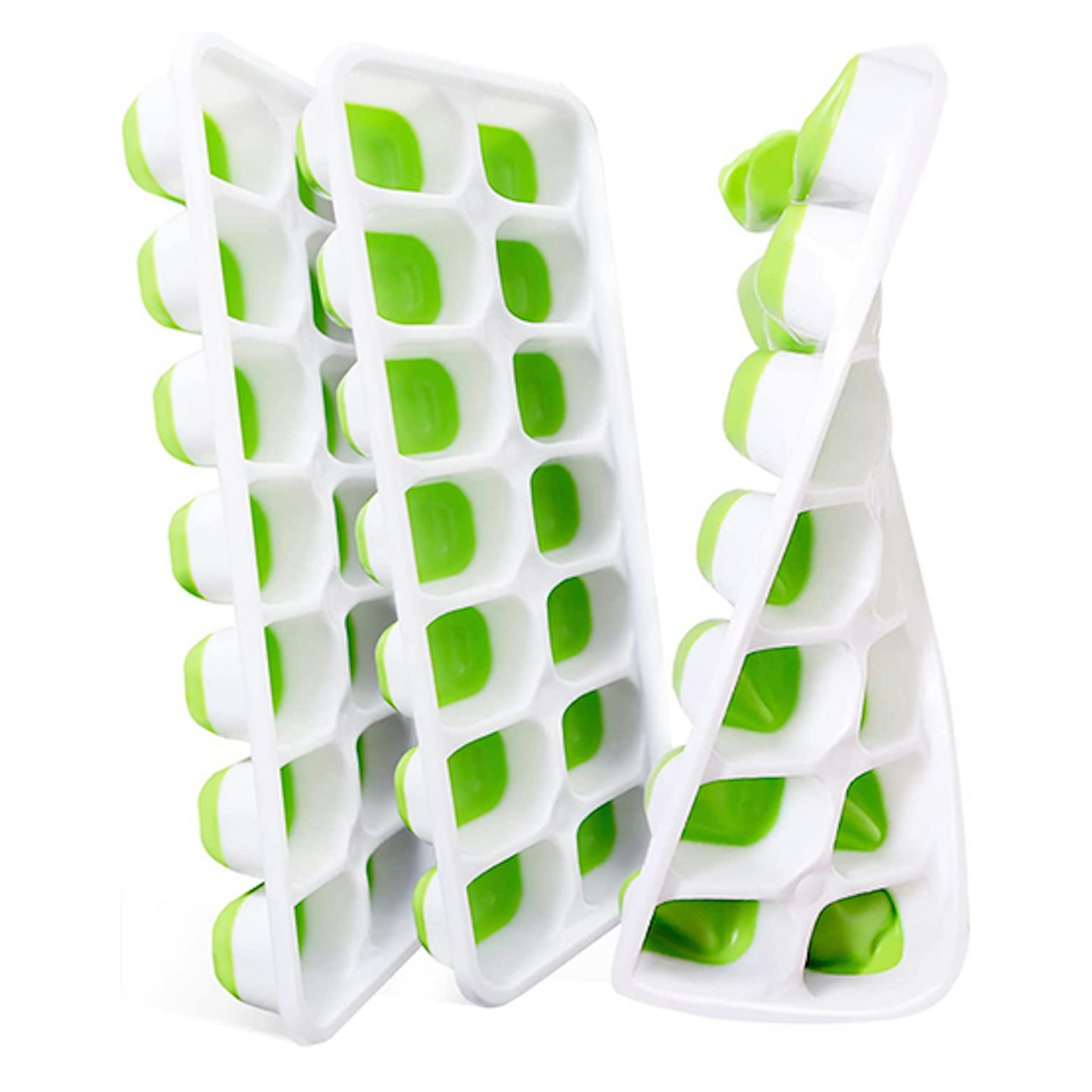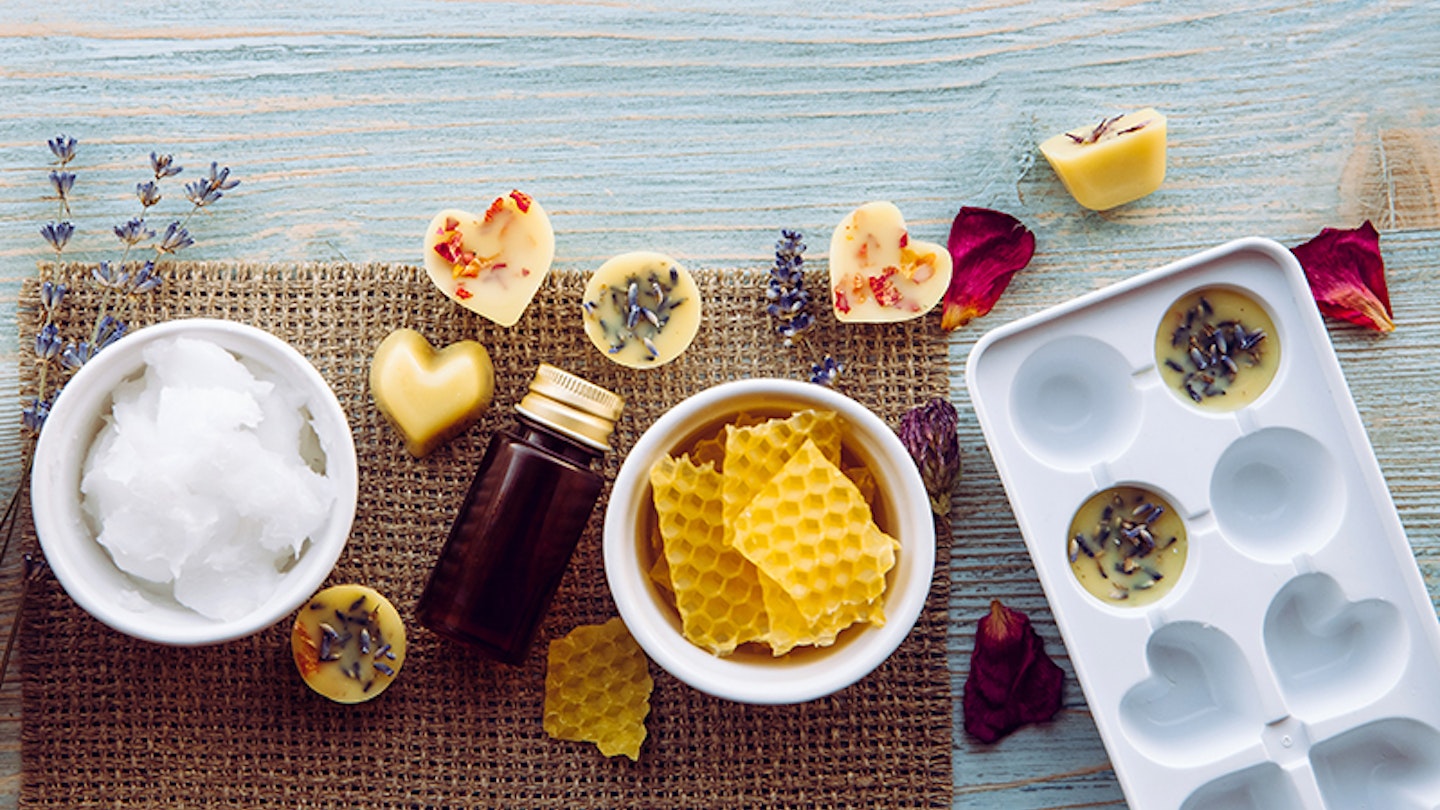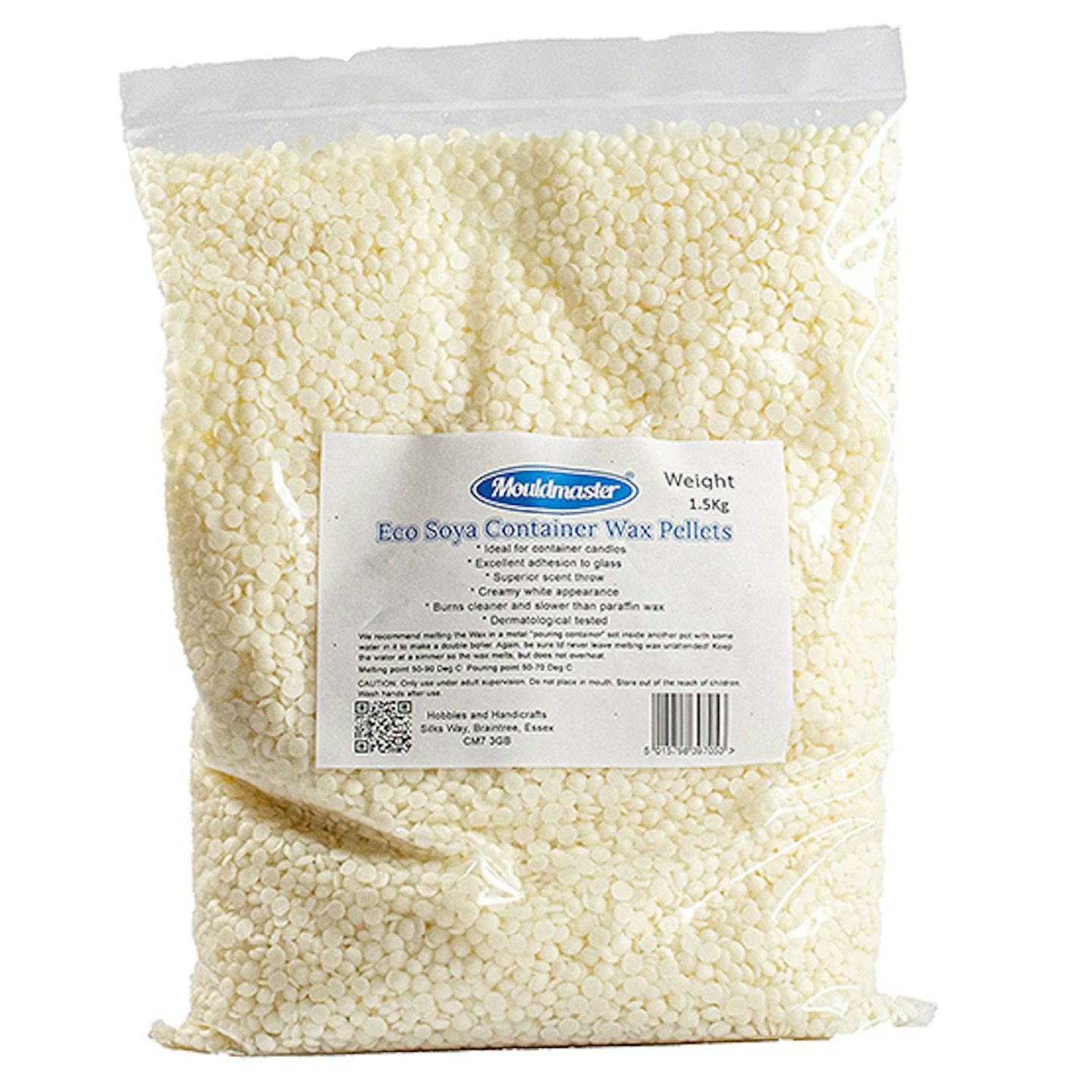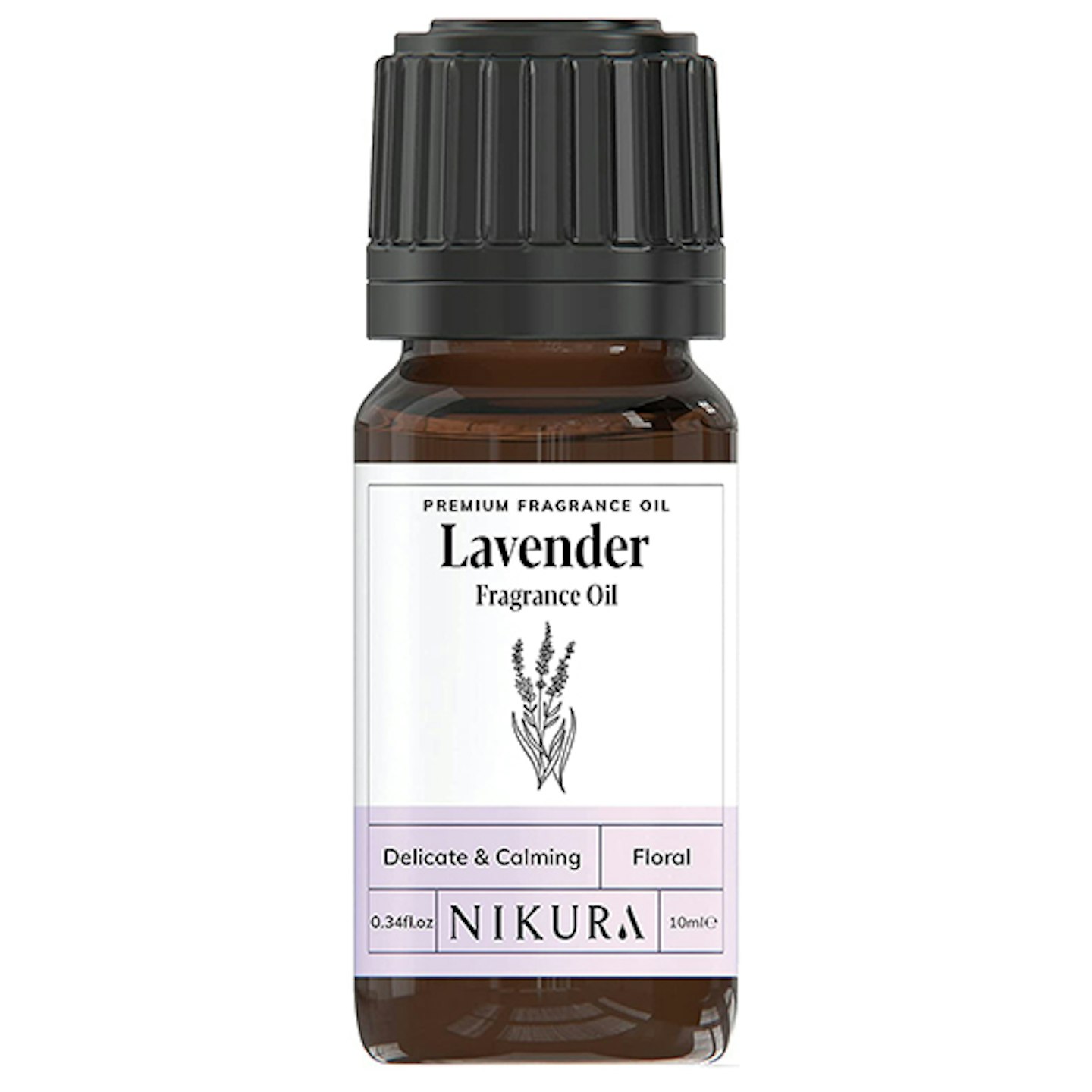If you’re a fan of wax melts, you may be surprised how easy they are to make. Whether you prefer a calming lavender scent or light citrus zest, making wax melts is cheap, cost effective and they're lovely to give as a homemade gift too.Simply pop them in a wax melt burner to use, and let their scent waft into the room.
When choosing your scent, look out for fragrance oils rather than essential oils – while they’re more or less the same thing, products labelled as fragrance oils will have a higher flash point (meaning you’ll get a better scent throw into your room).
Here’s how to make wax melts, and it only requires four things.
You will need:
1.
Wax pellets

Saucepan and hob (or microwave)
Optional – dried flower petals (you could even dry your own flowers at home)
Method
1 Heat the wax in a saucepan to melt it down into liquid. Alternatively you could use an old bowl in your microwave. Heat for 1 minute at a time, monitoring until it becomes clear. Once the liquid has melted you can add a few of your dried petals into the melted wax (if you’re using them).
2 Leave to cool but keep stirring so that the wax doesn’t set (this is really important; if you pour the boiling wax into the clamshells they will melt).
3 Add a few dashes of scent to your liquid wax - this will also help to cool the mixture down.
4 Pour the wax into the tray/mould and add extra petals into each of the squares. Make sure the petals are covered with wax to set.
5 Leave to set and harden before removing from the mould.
6 Your homemade wax melts are now finished and ready to use in your home, or wrap up as a gift for a friend or loved one!
Is soy wax or beeswax best for wax melts?
Soy wax is arguably better than beeswax for making wax melts due to cost, and ease of melting. It’s also more eco-friendly to use soy, plus it holds scent better than beeswax. However on sweetness and burn temperature, beeswax wins out. Soy is also easier to add colour to, as beeswax has a natural yellow hue.


